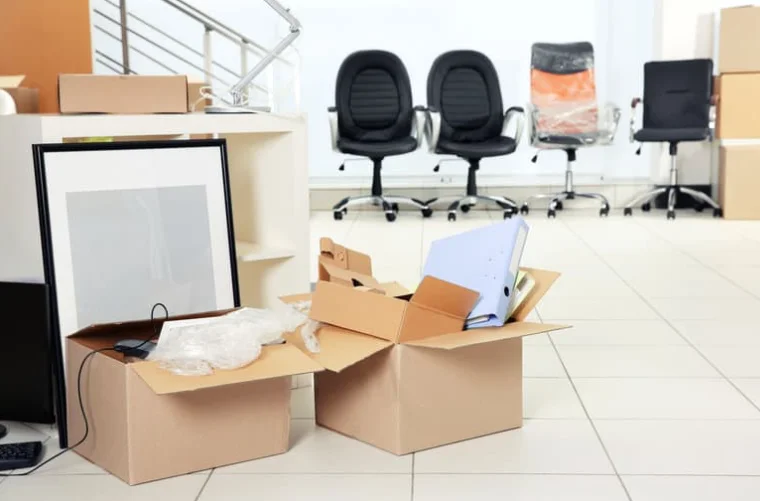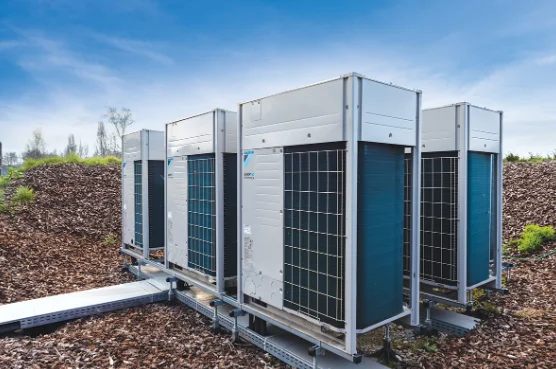How to Prepare Employees and Equipment for an Office Move

Moving your office is exciting, yet moving means a lot of work and planning so that everything is moved with care and the company is operational at the new site as quickly as possible. You must make sure you move your business premises to a new place and commence operations as soon as possible. While looking for office removal companies near me, do not forget to check their specialties in making your relocation easy and less time-consuming, as well as assisting in handling fragile appliances and reassuring personnel during the move.
1. Communicate Early and Clearly with Employees
Managing change is all about ensuring effective communication with the team so that it is well equipped to handle the change. Notify all employees about the relocation even before it is time and then inform them of the timeline, how the new office will be, and what their duties will be in the new office. Emails, internal memos, or intranet pages can be used to provide regular updates about the move that can ease the tensions surrounding the change. Visit https://www.housemoverssingapore.com/ for more info.
2. Assign Roles and Responsibilities for a Collaborative Move
Management may wish to appoint a relocation team or committee for an organized approach to the relocation. This team can handle tasks related to the relocation, like coordinating packing, IT disconnections, tags, and communication with the moving company. Appoint specific functions to particular persons or departments and request team managers supervise their departments packing and provision.
3. Prepare and Label Equipment
Advance planning is the best approach for safely handling your equipment, sensitive IT systems, and office technology.
- Put together a packing list with all the items that will be moved, including the computers, printers, special equipment, and furniture.
- Ensure that every item has a tag indicating the department to which it belongs, where it is located and its relative significance in the new workplace.
- Wrap up delicate or highly-priced articles in bubble wrap/padding and speak to your relocation agents regarding other forms of packing that they can provide.
- Develop an all-inclusive inventory list to identify all shifted items to avoid losing any items quickly.
4. Prepare Your IT Infrastructure for the Move
Any business is only complete with an IT infrastructure, and it also has to be functional after the move. So, either with your IT department or service provider, ensure all the essential data is backed up, and systems are powered down securely before the move.
Disconnect and mark cables and minor parts individually to prevent mix-ups and facilitate reassembling. Ensure your new office space meets the required network, power, and cabling specifications to enable your IT requirements. Arranging for a qualified specialist to handle the IT installation and configuration in advance ensures no hitches when you get to the new office.
5. Support Employees with Packing Personal and Shared Spaces
There are benefits in encouraging people to start packing their desk items, such as personal effects and files etc, at least a week or two before the move. Supply cartons, identifier tags, and other basics for packing. Request each employee to work on their belongings to make settling at the new site efficient.
6. Plan for New Office Layout and Setup
The office redesign should be thoroughly researched before being communicated to the employees. When employees understand the arrangement of their desks within the plan, the meeting rooms, and communal areas, they are more likely to anticipate the move since the new configuration would be available.
Thus, when the day of the move arrives, the employees can work without any delays on their first day, and the layout for communal areas, meeting rooms, and workstations should be prepared based on this design.
Concluding Remarks
Finally, it is important to note that the relocation of office staff and facilities is a complex undertaking with many interdependent stages that must be managed properly and coordinated. Professional movers must also be understood as facilitators of the process rather than the sole providers of the service. If done well, these meetings can significantly enhance the chances for a productive office move and promote minimal work disruption.

Nancy Albret is a dynamic blogger for Magzinely.com, exploring a variety of subjects from technological innovations to cultural perspectives. Her writing sheds light on how modern living intertwines with enduring traditions and the newest developments in technology for efficiency and sustainability.






